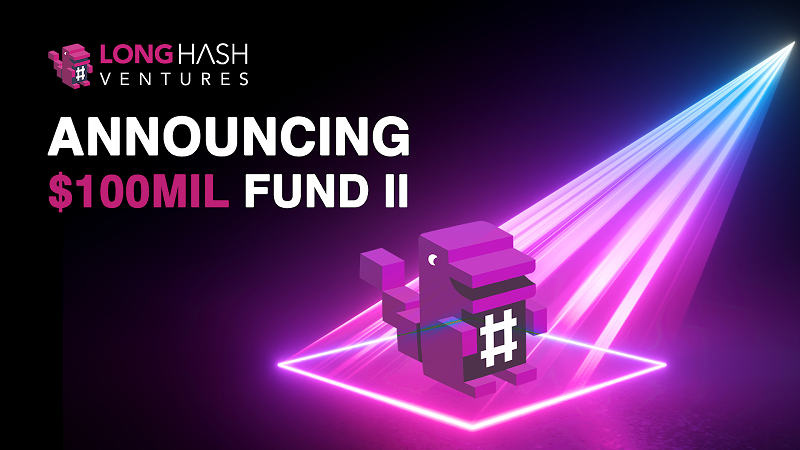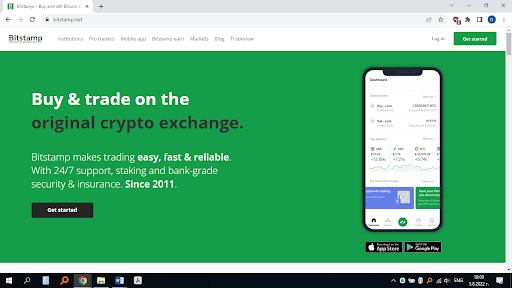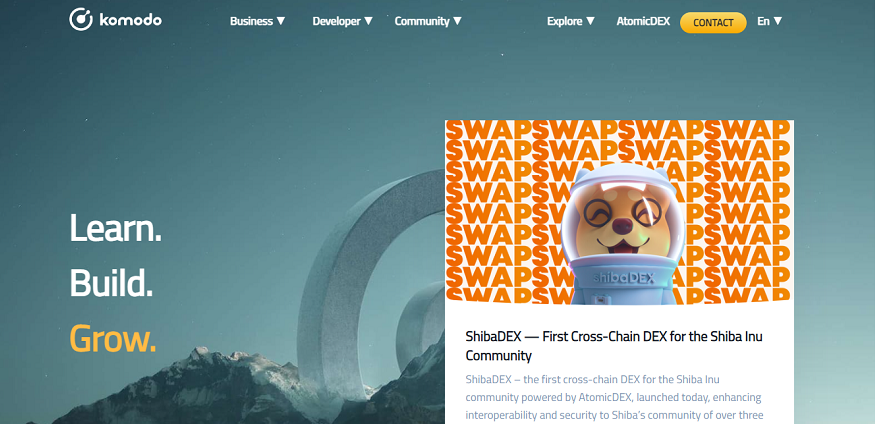
The Komodo Platform provides full-scale, end-to-end blockchain solutions for developers of different industries and levels. It offers customized, configurable blockchain solutions that are easy to deploy.
The blockchain emerged as a ZCash blockchain fork, which was a Bitcoin fork. The Komodo ecosystem integrates zk-snark technology (zero knowledge) based on Zcash. It adds a relatively rare consensus algorithm known as delayed proof of work (dPoW).
Komodo’s goal is to build a complete ecosystem consisting of various partnerships.
How it works
Komodo has a blockchain with autonomous infrastructure, achieved by means of parallel chains. These chains create a separate Komodo blockchain copy. The dPoW consensus mechanism secures new parallel chains.
Developers on Komodo don’t build on the blockchain itself. Rather, they create their own autonomous blockchains. It’s neither a sidechain nor a fork. The Komodo platform doesn’t serve as a legacy platform to the new blockchain.
Each development project on Komodo is an independent blockchain that is linked to the network. This way, Komodo can never limit any future development.
The core of the network is BarterDEX, Komodo’s decentralized exchange. The DEX is the intersection between all the blockchains. It’s powered by atomic swaps, unlike other DEXs, which use proxy tokens.
Key features
Komodo’s most important features are related to security, privacy, scalability, adaptability, and interoperability.
Security
Komodo’s security stands out through the use of the dPoW consensus mechanism and the Zcash zk-snark protocols for anonymity. The mechanism offers Bitcoin-level security to all projects and blockchains associated with Komodo. The dPoW consensus mechanism creates a backup of blockchain data.
Privacy
The zero-knowledge proof technology used by the Zcash blockchain allows full anonymity of each transaction on the blockchain. Many users appreciate anonymous transactions as they don’t have to share information about the sender, recipient, and amount of the transaction.
At the same time, the transaction is transparent, and miners can verify its validity. Data appears just like it would for a standard Bitcoin transaction.
Another important advantage of anonymous transactions is preserving fungibility, a basic currency requirement.
Adaptability
As one of the best-known open-source projects, Komodo is well-recognized for its features and innovations. Komodo-based projects are equipped with the ability to create custom solutions depending on the different situations and needs.
Scalability
Komodo lets each project have a dedicated blockchain and infrastructure, unlike other enterprise solutions. Komodo network projects can scale at any time, and blockchains can be added to improve performance as needed.
Interoperability
Komodo’s so-called blockchain federation technology enables frictionless interoperability with federation blockchains. Atomic swaps can be used to link to non-federation blockchains.
Extensive development activity
Komodo has been very active in pushing code to its base repository. It has tens of repositories, all of which are quite dynamic. The ecosystem ranked 12th on Coincodecap in terms of overall coding activity.
Pros
· Scores well on scalability, adaptability, and interoperability
· Extensive development activity
· High security and reliable privacy
Cons
· The coin is still under development
· Some issues with ledger synchronization
Why should you sign up with Komodo?
One reason is that security is top-notch. At the time of writing, Komodo was preparing for an external security review. They will be creating an architecture diagram and an SRS document, updating and refactoring dependencies, and doing an internal security code review so auditors can access the code.
Recently, Komodo optimized the blockchain node call amounts and added an infrastructure enhancement microservice. They are in the process of integrating QuickNode blockchain nodes into their interfaces. They created a microservice layer to be able to complete the integration.
Komodo offers convenience to its users by providing the option to collect fiat price information in the API database. This way, traders can calculate fiat prices retroactively, if needed.
Another advantage is the Komodo cryptocurrency (KMD) itself, which can be used to mediate transactions with tokens that don’t have a direct pair on BarterDEX and to enable instant zero-confirmation exchanges on Komodo DEX.
The Komodo coin pays for Komodo’s security protocol service, is used for dICO crowdfunding on the platform, and powers UTXO-based smart contracts. If you have 10 KMD or more, you can earn 5% rewards as an active user.
What makes it stand out?
Komodo’s dPoW consensus algorithm increases network security by using Bitcoin’s hash power. Bitcoin has the highest hash power of all blockchain networks, rendering it practically impervious to hijacking.
The bottom line
Komodo has a vast and extensive library and a reliable, solid team and community. They publish updates in real-time and provide transparent yearly and quarterly reviews. They are an excellent choice of a blockchain solution for experienced developers.
The post An objective review of Komodo Platform appeared first on CoinJournal.

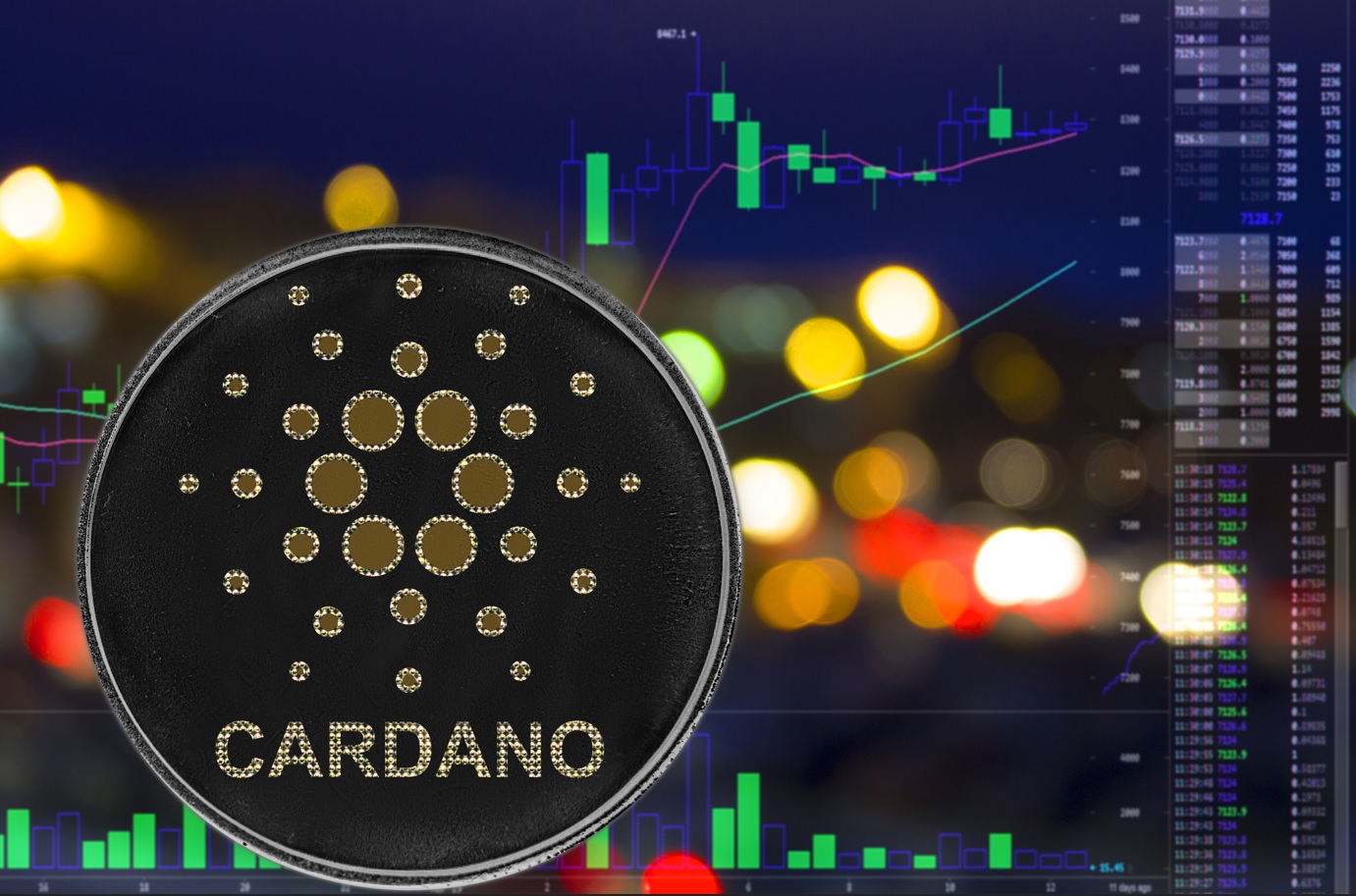
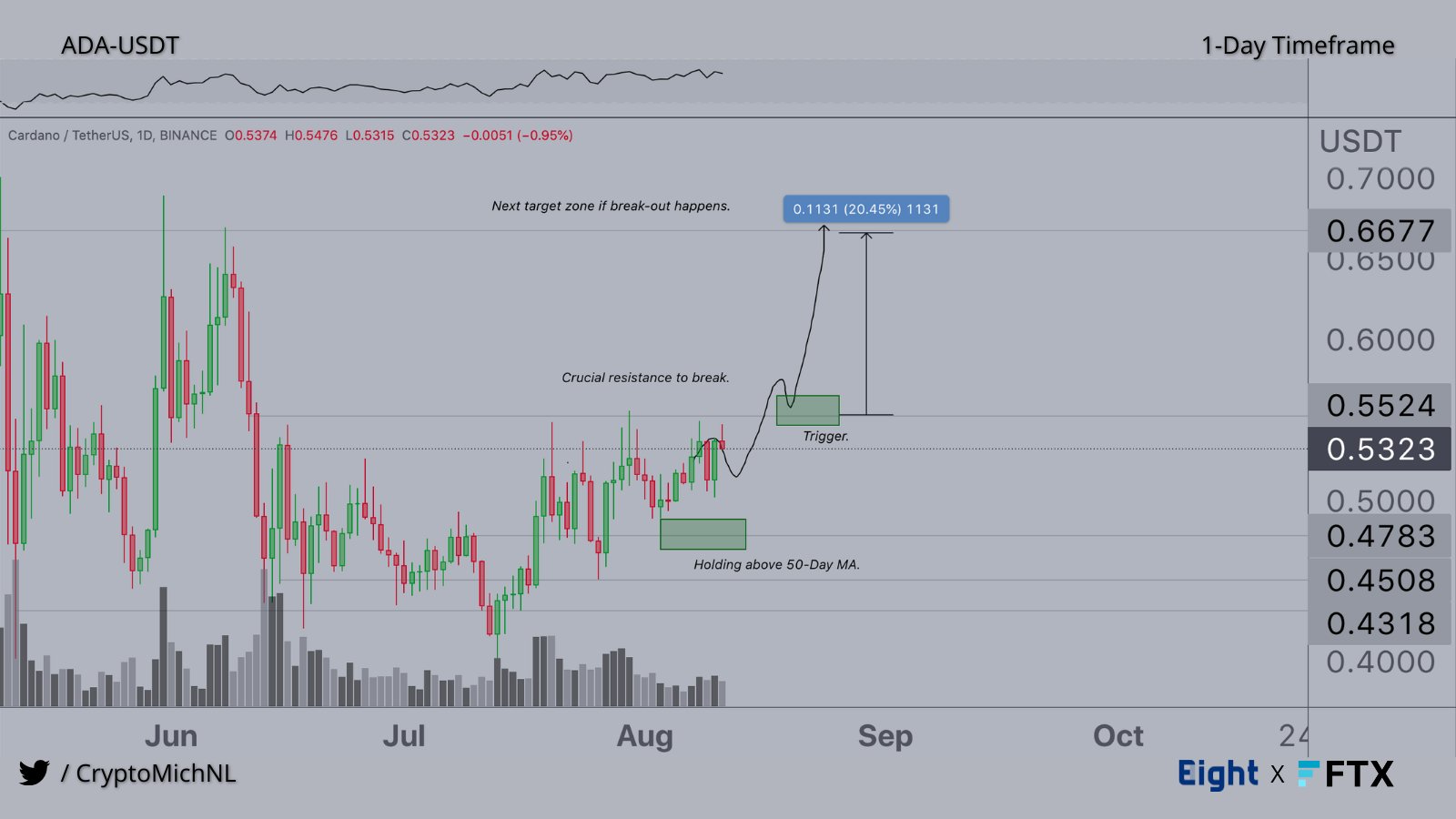 Cardano price chart and key price levels. Source:
Cardano price chart and key price levels. Source: 